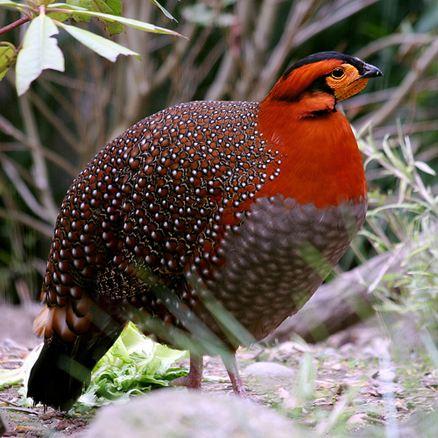
Tragopan blythii
Longevity chicken, gray-spotted pheasant,Tragopan blythii,Blyth's Tragopan,Grey-bellied Tragopan
The Blyth's Tragopan is called Blyth's Tragopan in English, and has ···
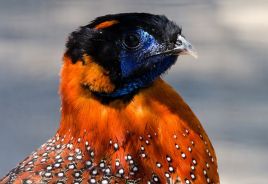
Tragopan satyra
Chaffinch,Tragopan satyra,Satyr Tragopan,Crimson Horned-pheasant,Indian Tragopan
The foreign name of the red-breasted tragopan is Satyr Tragopan, and there i···
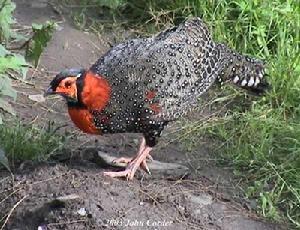
Tragopan melanocephalus
Western Tragopan,Tragopan melanocephalus,Western Tragopan,Black-headed Tragopan,Western Horned-pheasant
The foreign name of the black-headed tragopan is Western Tragopan, and there···
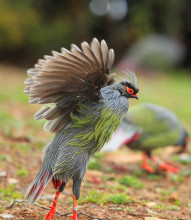
Ithaginis cruentus
Songhua chicken, Taibai chicken, blood chicken, bush chicken, green chicken, willow chicken,Ithaginis cruentus,Blood Pheasant
Blood Pheasant is called Blood Pheasant in foreign language, and has 12 subs···
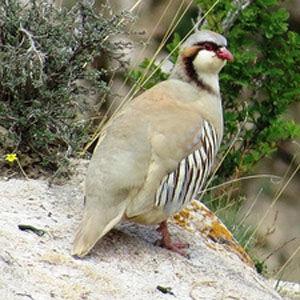
Alectoris magna
Alectoris magna,Rusty-necklaced Partridge, Przevalski's Partridge,Gala Chicken
The foreign name of the large stone partridge is Rusty-necklaced Partridge, ···
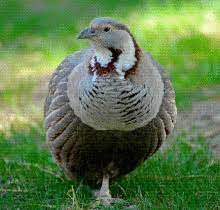
Tetraogallus altaicus
Himalayan Snowcock,Tetraogallus altaicus,Altai Snowcock
Altai Snowcock, also known as Altai Snowcock, has two subspecies.Altai Snowc···
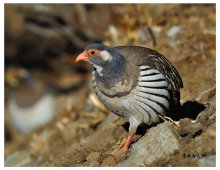
Tetraogallus tibetanus
Tibetan snow chicken, pale-bellied snow chicken, snow chicken,Tetraogallus tibetanus,Tibetan Snowcock
Tibetan Snowcock, also known as Tibetan Snowcock in English, has 6 subspecie···
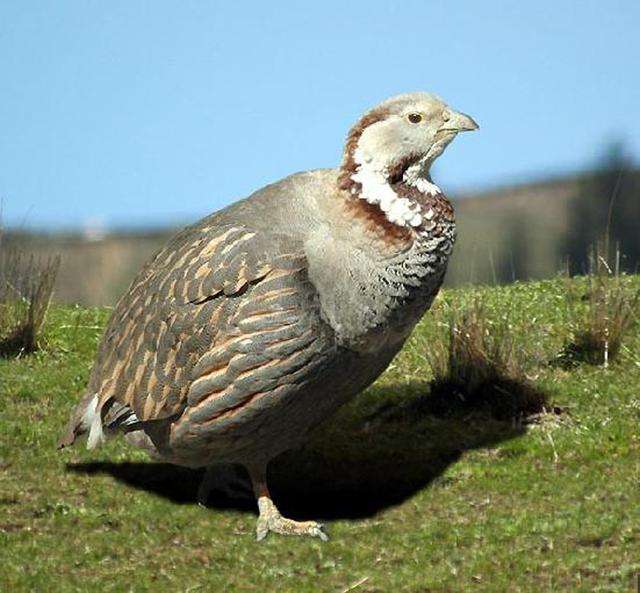
Tetraogallus himalayensis
Alpine snowcock, Himalayan snowcock,Tetraogallus himalayensis,Himalayan Snowcock
The Himalayan Snowcock is divided into five subspecies. The nominate subspec···
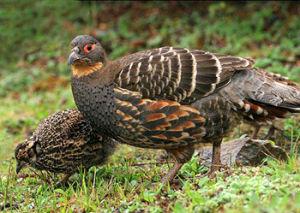
Tetraophasis szechenyii
Yellow-throated pheasant, Sichuan pheasant quail, sheep-horn chicken,Tetraophasis szechenyii,Buff-throated Partridge,Szechenyi's Monal-Partridge
The foreign name of the yellow-throated pheasant quail is Buff-throated Part···
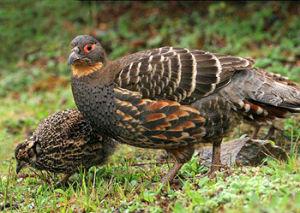
Tetraophasis obscurus
Red-throated Pheasant, Xikang Pheasant Quail, Sichuan Pheasant Quail, Muping Pheasant Ptarmigan,Tetraophasis obscurus,Chestnut-throated Partridge,Verreaux's Monal-Partridge
Chestnut-throated Partridge, no subspecies.Chestnut-throated Partridge is us···
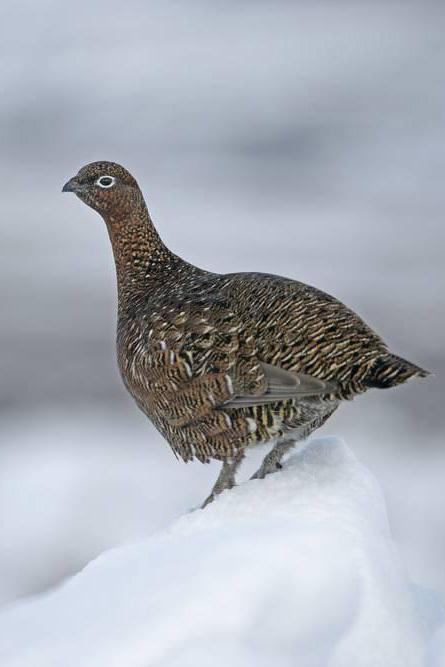
Lagopus lagopus
Lagopus lagopus,Willow Ptarmigan, Willow Grouse And Red Grouse,Ptarmigan, Willow Chicken, Suir, Snow Chicken
Willow Ptarmigan, with 17 subspecies, is a medium-sized bird in the grouse f···
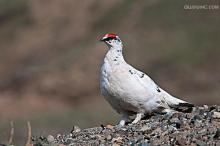
Lagopus muta
snow cock,Lagopus muta,Rock Ptarmigan,Ptarmigan
Rock Ptarmigan has 25 subspecies.Rock Ptarmigan is mostly active in groups e···
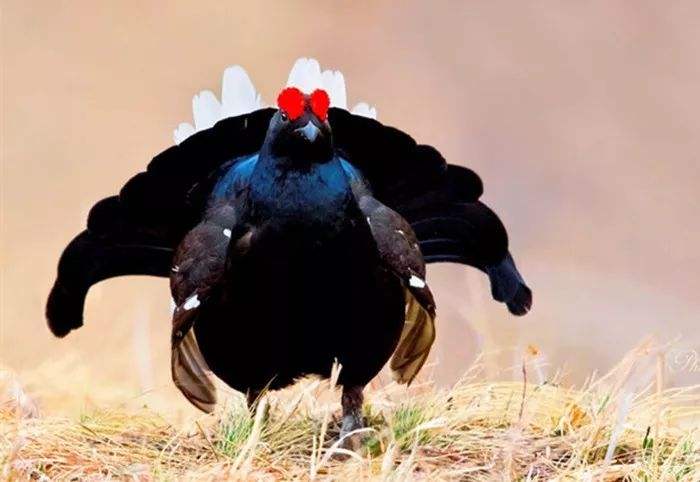
Lyrurus tetrix
Black pheasant, black chicken,Lyrurus tetrix,Black Grouse
The Black Grouse is divided into 7 subspecies according to feather color and···
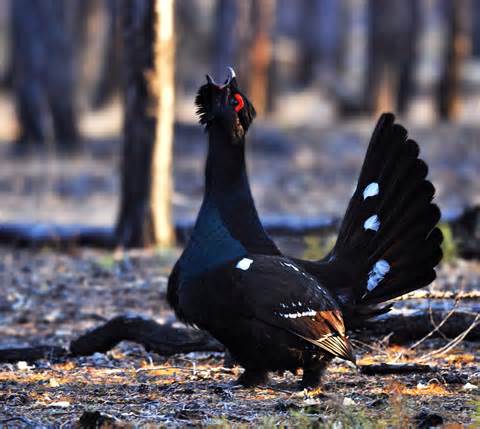
Tetrao parvirostris
Grouse, wood chicken,Tetrao parvirostris,Black-billed Capercaillie
The black-billed grouse is called Black-billed Capercaillie in foreign langu···
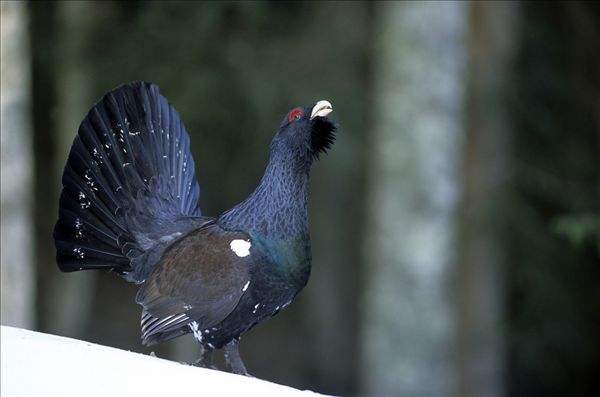
Tetrao urogallus
Common Grouse, Western Grouse,Tetrao urogallus,Western Capercaillie, Capercaillie
The grouse is called Western Capercaillie in foreign language. It has 12 sub···
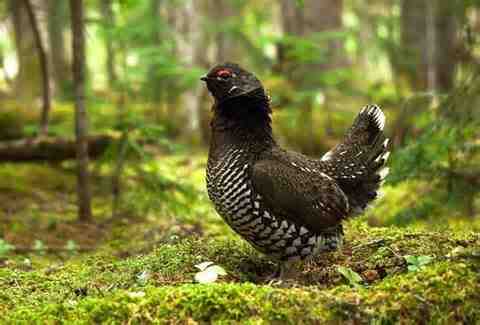
Falcipennis falcipennis
Falcipennis falcipennis,Siberian Grouse
Siberian Grouse has no subspecies.Siberian Grouse has no obvious migration b···
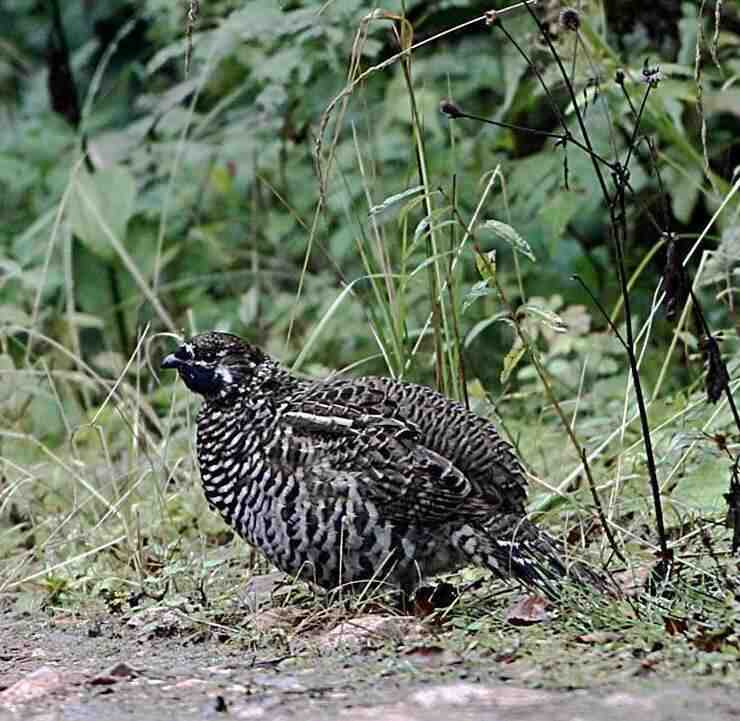
Bonasa sewerzowi
Lamb horn chicken,Bonasa sewerzowi,Chinese Grouse
The foreign name of the spotted-tailed hazel pheasant is Chinese Grouse, whi···
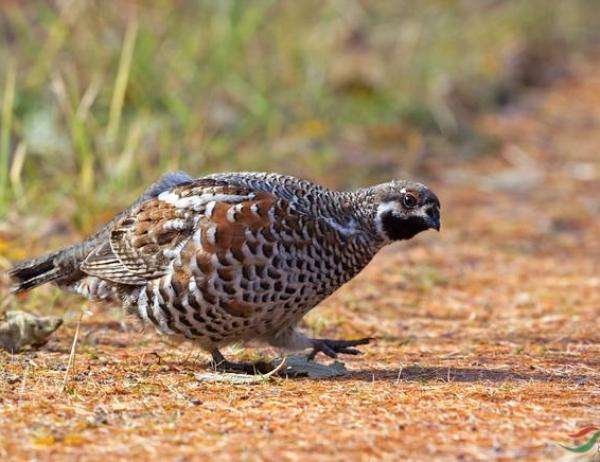
Bonasia bonasia
Flying dragon, grouse, tree chicken,Bonasia bonasia,Tetrastes bonasia,Hazel Grouse
The Hazel Grouse, also known as the Hazel Grouse in English, has 12 subspeci···
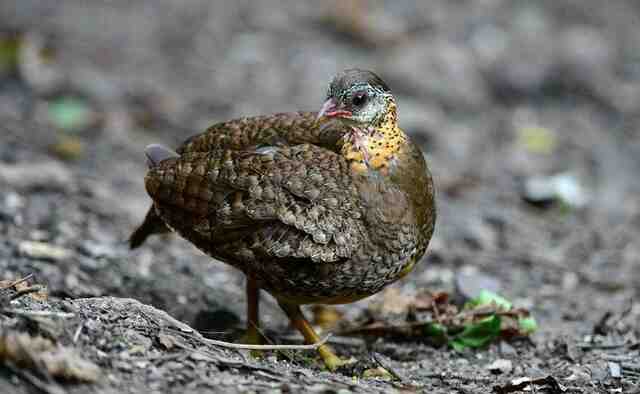
Tropicoperdix chloropus
Tropicoperdix chloropus,Green-legged Partridge, Green-legged Hill-partridge, Scaly-breasted Partridge,Arborophila chloropus,Scaly-breasted Partridge, Green-legged Mountain Partridge
The green-footed tree partridge was previously classified as the mountain pa···
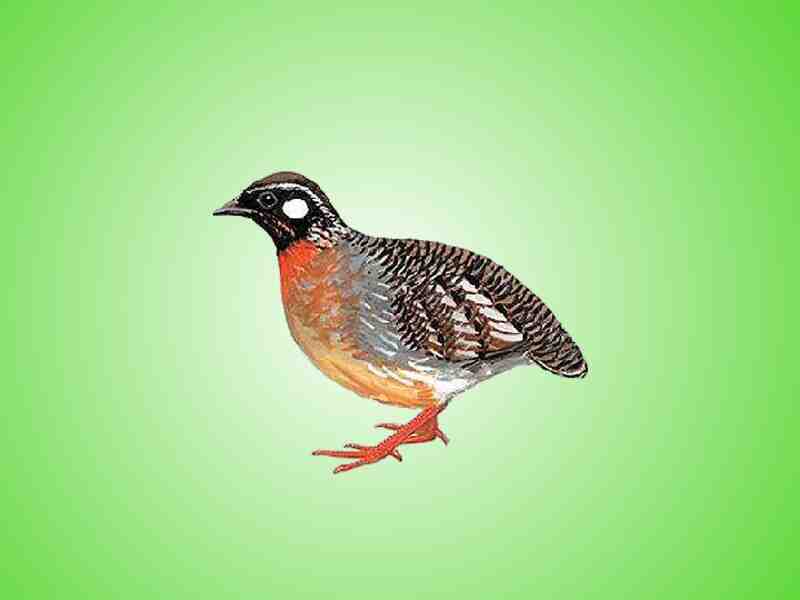
Arborophila ardens
Arborophila ardens,Hainan Partridge, Hainan Hill-partridge, White-eared Hill-partridge, White-eared Partridge,Yamaaka
Hainan Partridge is called Hainan Partridge in foreign language, and has no ···
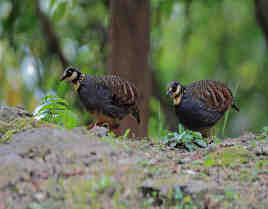
Arborophila crudigularis
Arborophila crudigularis,Deep Mountain Bamboo Chicken
Taiwan Partridge is known as Taiwan Partridge in foreign languages, and has ···
